This is the third of four in a series of companion articles and recorded zoom sessions. It is part of our Preparing for Caring Project to build awareness and educate about the importance of handling skills in caring for a baby. Read more about how these ideas play out in practical suggestions.
In our previous blog posts (Safety, Orientation, Comfort, Bonding, and Curiosity and Baby Ball) we looked at the fundamental principles that underlie our approach to working with people, and the way of holding a baby that we teach first to caregivers. Building specifically on the ideas of “baby ball” and “horizontal is home base”, in this post we’ll look at the ideas behind one of our specific positioning suggestions – having a baby experience lying on all four surfaces of their body (back, front, left side and right side).
We Are A Baby’s Environment
The understanding and acknowledgement that we are constantly making choices for a baby is another aspect of the idea that “we are a baby’s environment” – along with the fact that our bodies are the physical environment when we are holding a baby. Infants, especially in their first six to nine months, do not yet have the motor skills to decide how they move through space, how quickly they move, or what position they are in. As caregivers, then, we are making those choices for them when we hold them, put them down and pick them up.
The positions babies find themselves in are the result of a caregiver’s choices – whether habitual or conscious. We invite caregivers to pay attention to these choices, and to consider the experiences of their baby.
A Child-Led Approach
Our approach is “child-led”. To us, this means that we do our best to create an environment that matches the sensory, perceptual, and motor capacities of the infant. When we engage with a baby we try to understand and appreciate the world they inhabit so that we meet them where they feel comfort and the possibility of success, offer them stimulus they have some chance of processing, and hold them in a way that supports their sense of safety, orientation, and comfort – and curiosity!
“Child-led” does not mean that there are no limits – we believe it is an important part of the role of caregivers to offer limits and boundaries, to say ‘no’, and to make choices about what a baby experiences. (A baby doesn’t necessarily know what they want, or what is appropriate or safe. They do respond to what is familiar and what is unfamiliar – and often will seek the familiar, even if it isn’t helpful.)
Four Surfaces
We believe that because we are continuously making choices about what position a baby is in, we should explicitly choose to set them down so that each side of their body has a chance to meet the floor.
When a surface of a baby’s body meets the floor, they feel both the weight of their body, and the resistance of the floor underneath it. This combination of resistance and weight gives their nervous system feedback that helps the baby to experience themselves, and to feel their own three-dimensional volume. The resistance of the floor also gives a baby something to push against to move into space, which is essential for learning to move and to locomote.
In addition to the advantages of meeting the floor with all the body’s surfaces, each position also has something to offer in terms of stimulation for reflexes and sensory integration:
- SUPINE: When a baby is supine(on their back) they have the chance to bond face-to-face with caregivers and to receive visual stimulus from many directions. This position is where they have the least amount of help from gravity for gathering into midline, and where they might be more easily over-stimulated.
- PRONE: When a baby is prone (on their front) the visual stimulus is from a smaller area than when they are supine, and they have the ability to lift and turn their head side to side. (In theory the ability to lift and turn the head in prone is present at birth and used for breastfeeding.) In prone the activity of the arms can be coordinated with the support of the head, which is important for functional rolling and falling.
- SIDE-LYING: In side-lying (both right and left) a baby experiences ‘righting reflexes’ that lead to head control in lateral flexion. Lateral flexion underlies balance and (again) rolling and falling. Side-lying is also an important step on the way to sitting.
We recommend starting with these positions when babies are newborns. With our help, they have the ability to spend time on their sides and in prone as soon as they are born. We feel that from the beginning this gives a baby the best chances to be comfortable in their body and in relationship to the environment. *
Final Considerations
If we accept that we are continually making choices for babies and if we take on this idea of being child-led, then why would we not make choices that support their learning? We offer these suggestions about experiences on all four surfaces as a starting place for meeting a baby.
Please share this with anyone who might be interested, and let us know what you think.
* We are aware there are differences of opinion on the value of a baby experiencing all four surfaces of their body. We think we’ve made our case.
NOTE: Our ideas are based on the Body-Mind Centering® approach to Infant Developmental Movement Education (IDME), a program developed by Bonnie Bainbridge Cohen, with support from Sandra Jamrog and Lenore Grubinger, that teaches observation and facilitation of movement patterns in infants.
* * *

